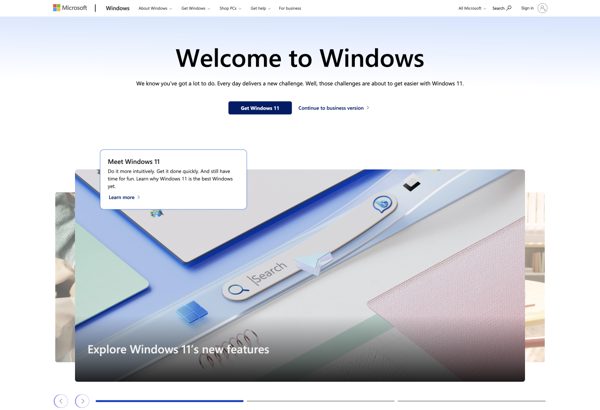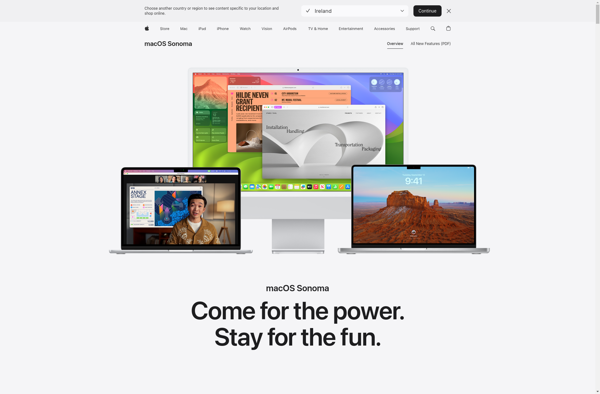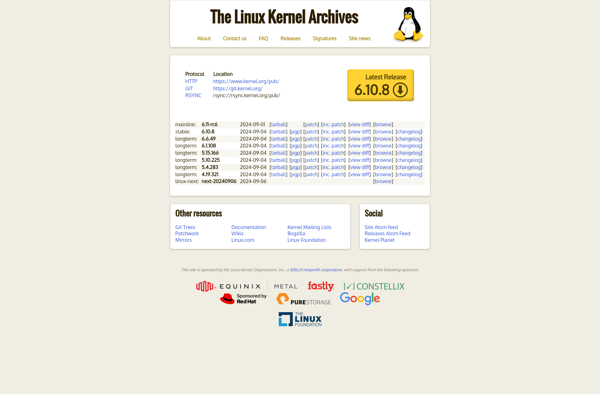MINIX 3

MINIX 3: Free & Open-Source POSIX OS
A lightweight, reliable, and secure operating system ideal for embedded systems and high-availability servers
What is MINIX 3?
MINIX 3 is a free and open-source operating system developed as a microkernel-based Unix-like system. It was created by Andrew S. Tanenbaum, the author of MINIX, to be highly reliable, self-healing, and secure while still being compatible with POSIX applications.
MINIX 3 features a minimal microkernel that provides essential services like low-level memory management, scheduling, and inter-process communication. Other operating system services run as separate user-mode processes in their own address spaces, following the principle of least privilege. This modular structure enhances reliability and security.
Key features of MINIX 3 include:
- Reliability through self-healing and crash resistance features
- Small trusted computing base (TCB) for improved security
- Fault and intrusion tolerance through software compartmentalization
- Live update capability to apply patches without rebooting
- POSIX compatibility for running Unix software
The lightweight and modular architecture of MINIX 3 makes it well-suited for uses like embedded systems, high-availability servers, and education. Its reliability and security also enable deployments in critical infrastructure roles. The ongoing development of MINIX aims to make it an even more robust and secure operating system.
MINIX 3 Features
Features
- Microkernel architecture
- Modular design
- High reliability
- Lightweight
- Secure
Pricing
- Open Source
Pros
Cons
Official Links
Reviews & Ratings
Login to ReviewThe Best MINIX 3 Alternatives
Top Os & Utilities and Operating Systems and other similar apps like MINIX 3
Here are some alternatives to MINIX 3:
Suggest an alternative ❐Windows 10

Ubuntu

MacOS

Linux Mint

Windows 7

Arch Linux

Debian

Linux kernel

Fedora

Manjaro Linux

OpenSUSE

Subgraph OS

Linux From Scratch

NetBSD

DragonFly BSD

Funtoo Linux
